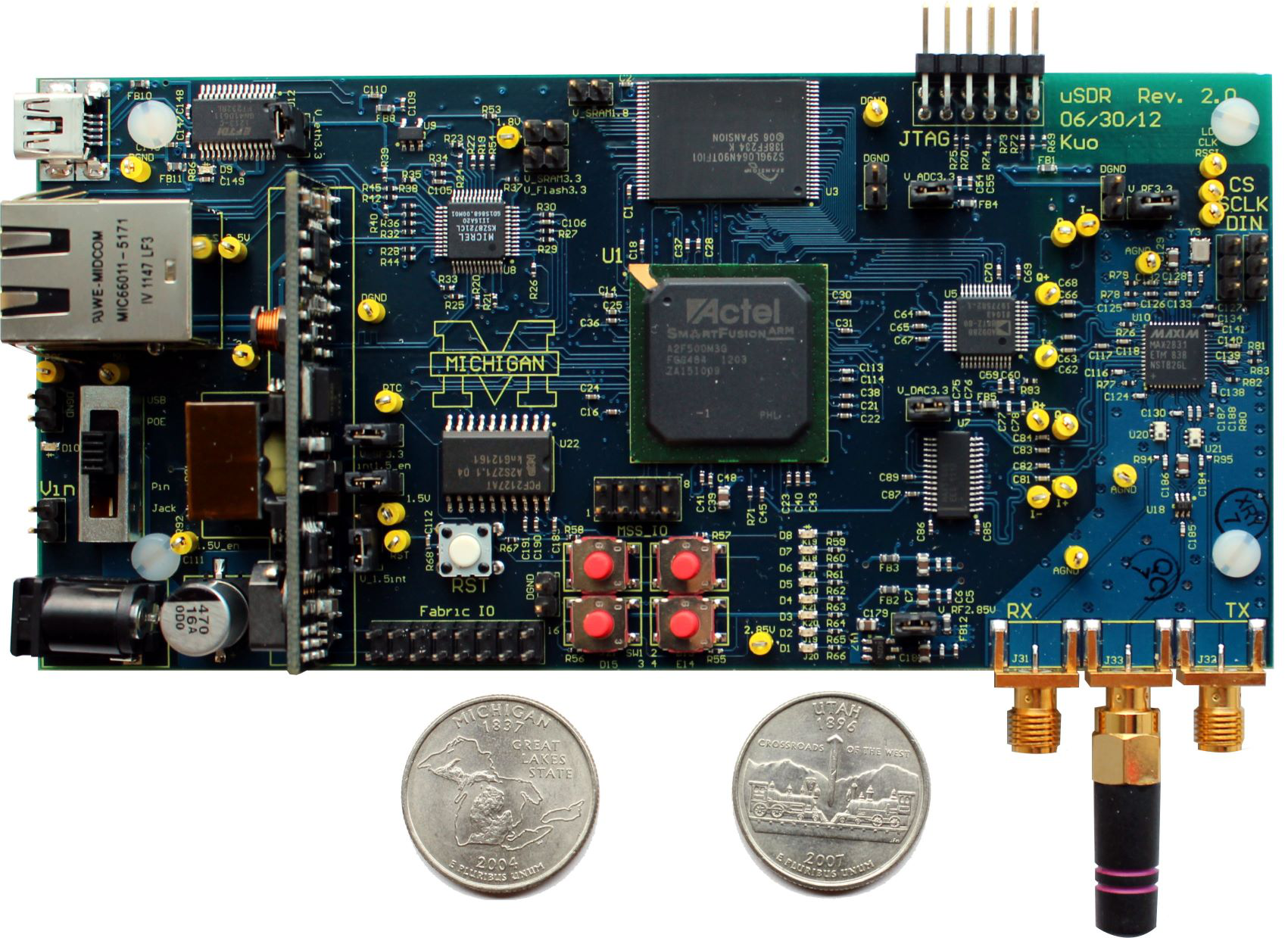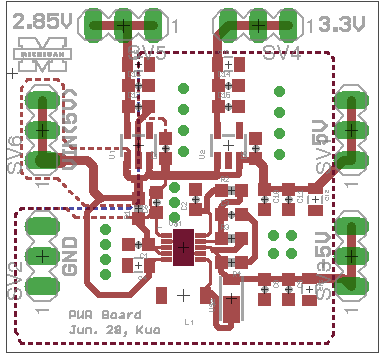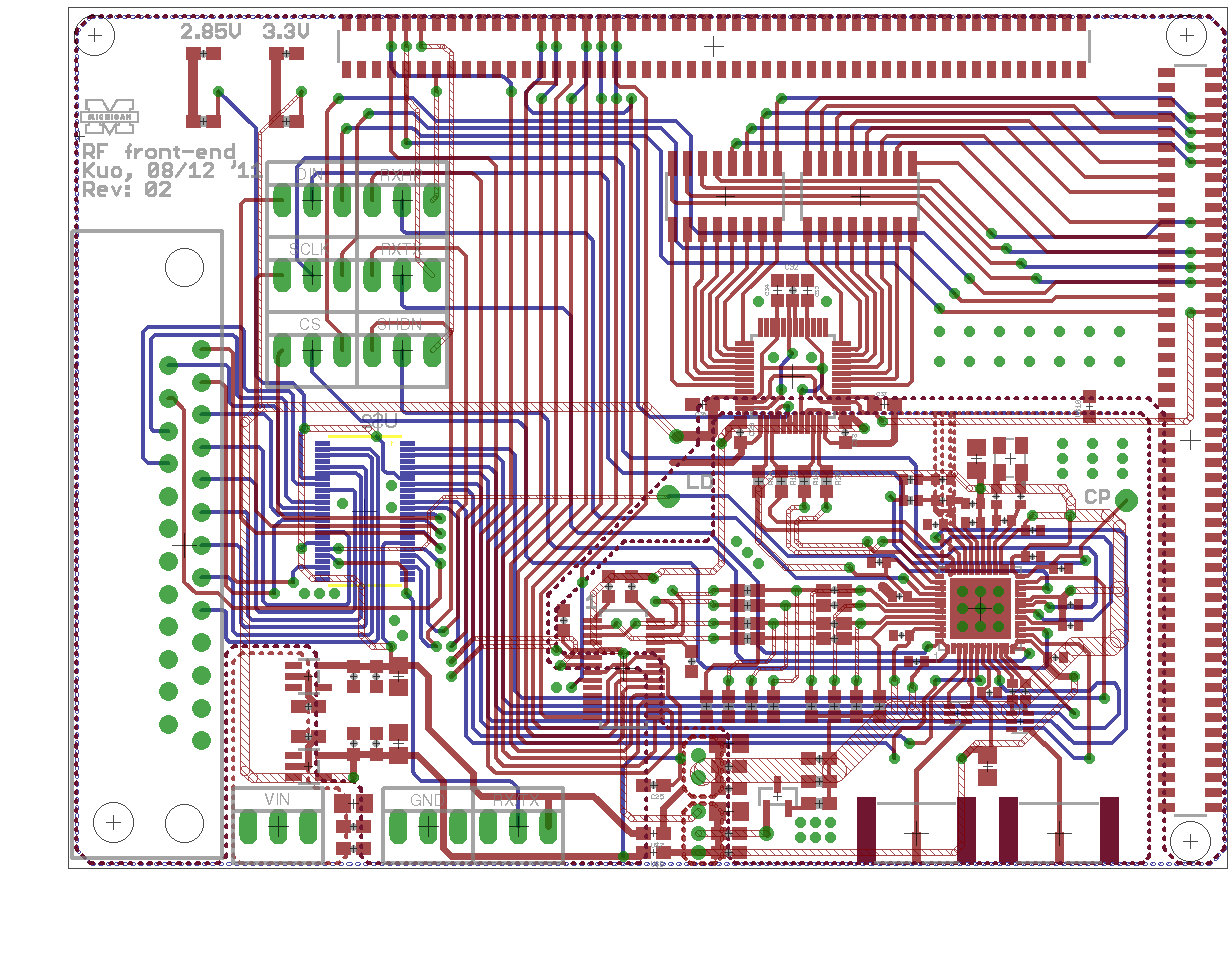μSDR A low power, low cost, low area software-defined radio
"By about 2020 software radios will have become the standard technology for commercial, as well as military, radios, employed in a range of devices, from battery-powered sensors and hand-held devices to plugged-in devices (such as base stations)," claims BBN's Craig Partridge in the September 2011 issue of CACM. However, one of the chief impediments to realizing this future is that today's software radios are large, expensive, and power-hungry, and so they're poorly-suited to battery-power and hand-held devices. This project explores clean-slate system architectures for software-defined radios, ranging from highly-programmble radios to RF front-ends with reconfigurable hardware baseband processing to simple RF front-ends with pure software baseband processing. The key challenge is how to define, describe, and partition the computations that occur across electronics (e.g. filters), hardware (e.g. verilog), and software (e.g. C/C++) to maximize efficiency and resource utilization. Our chief aim is to make software radios small, inexpensive, and low-power. Today, we have an 802.15.4-compatible SDR platform that's just 3"x5" and costs around $100. It will soon be an open platform for other researchers, and it will allow us to explore the range of architectural tradeoffs necessary to economically and efficiently realize pervasive SDR systems.
 uSDR. A low-power, low-cost and compact SDR platform. It contains a...
uSDR. A low-power, low-cost and compact SDR platform. It contains a...






